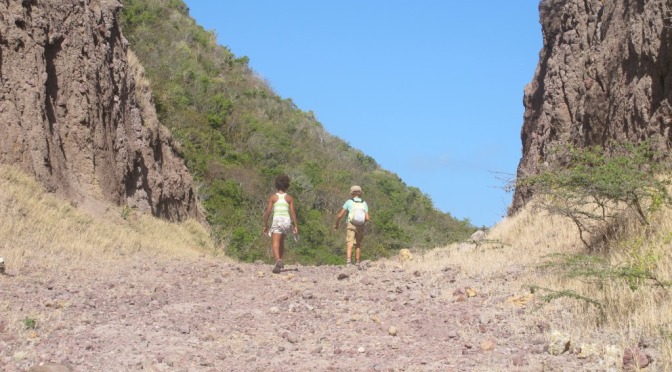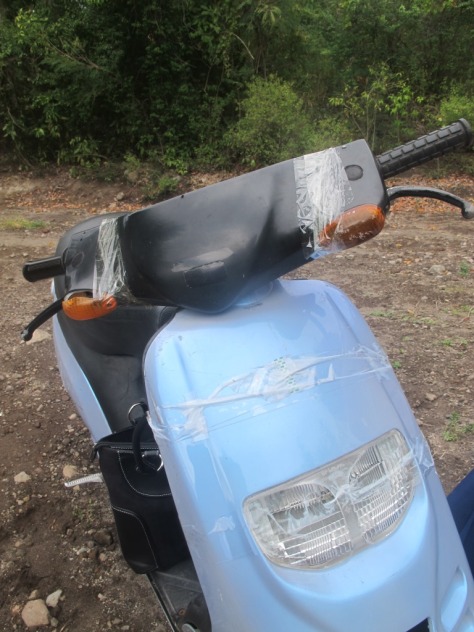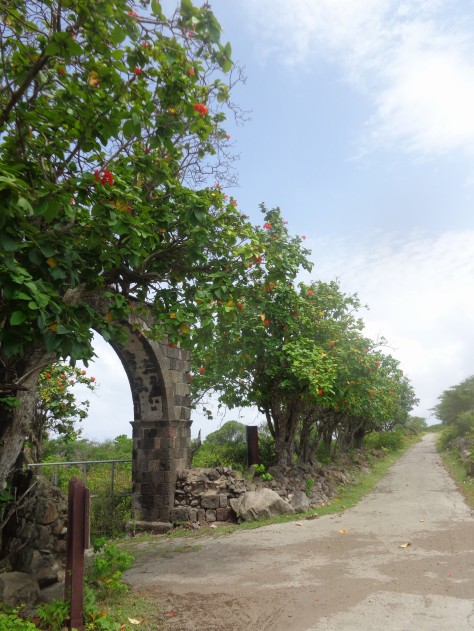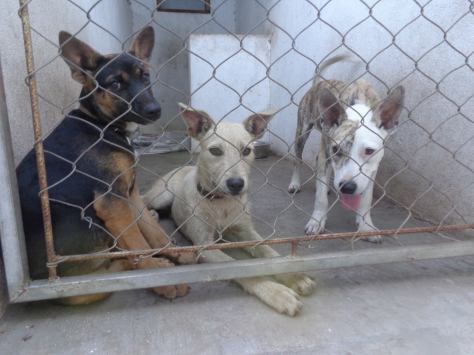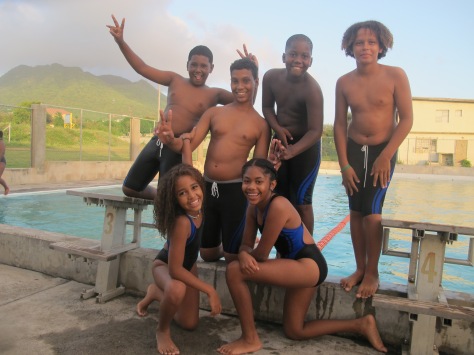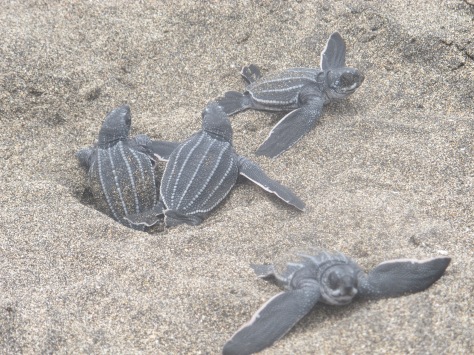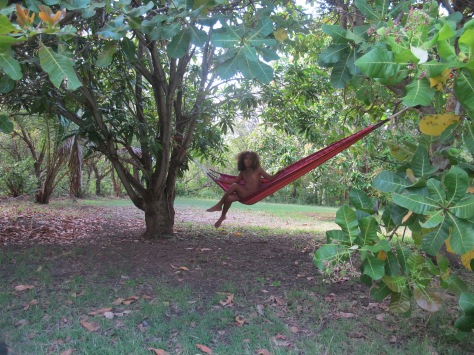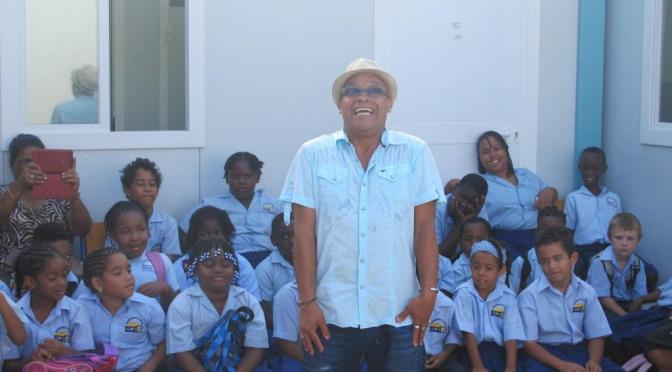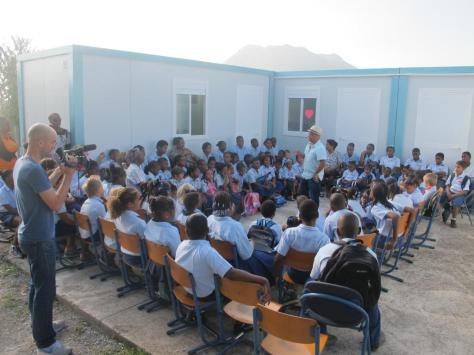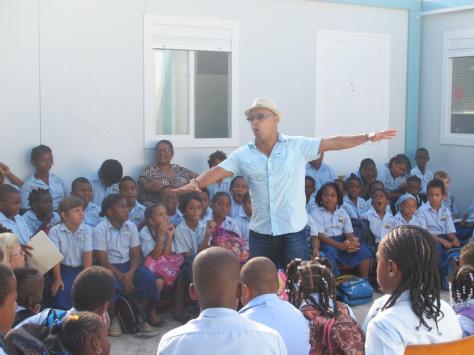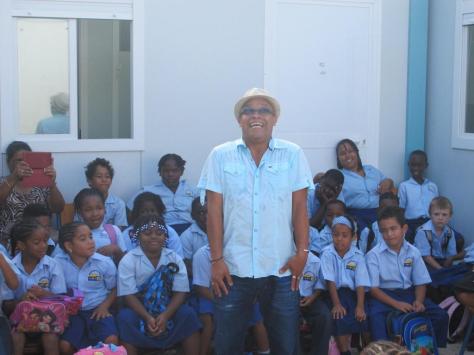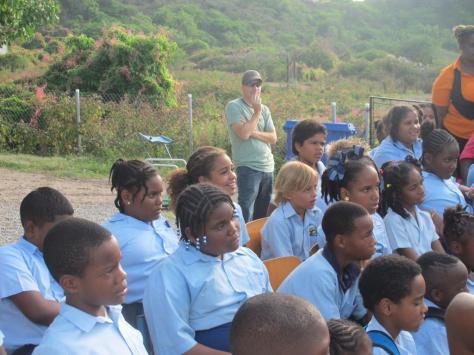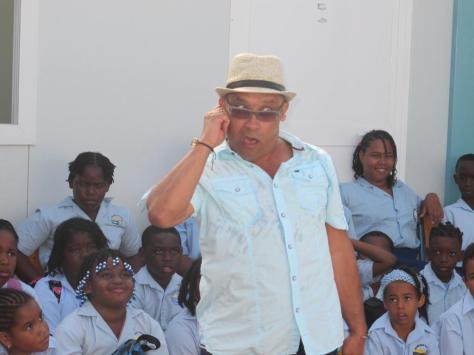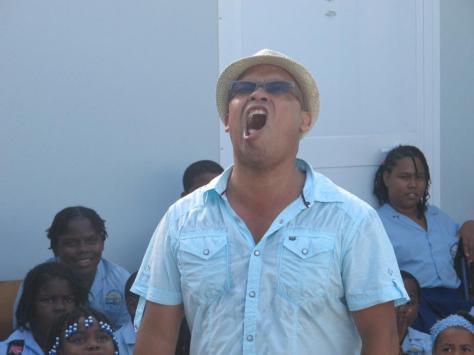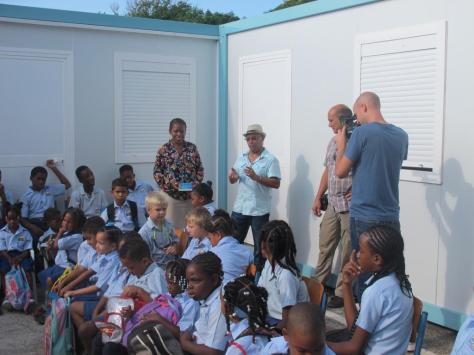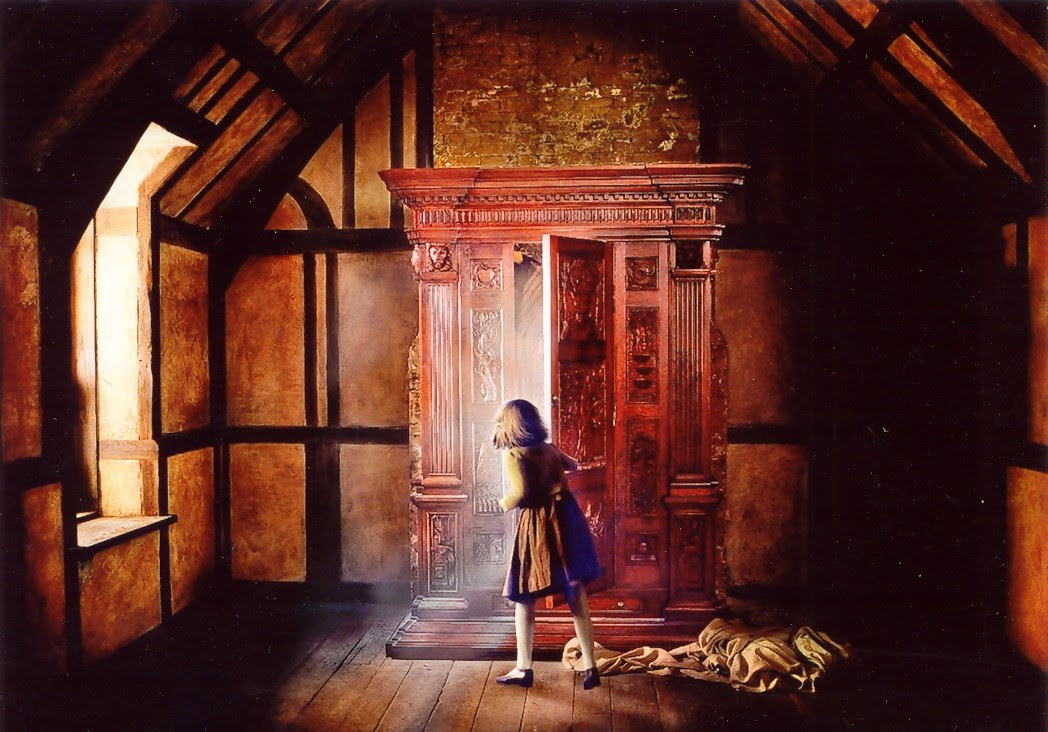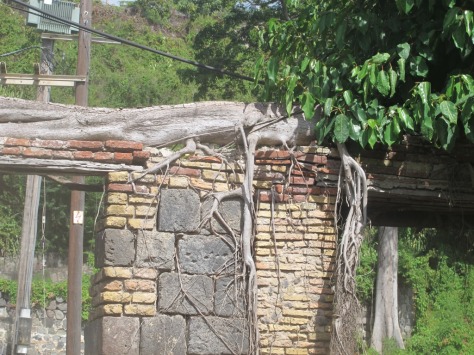In little more than one week I will be moving back to Curacao. There are many nice things to look forward to, but of course there are things I am going to miss too. Except for my friends, young and old, and special people I met, these are the 10 things I will miss most of all about the Golden Rock:
1. The travel time
Wherever you are on Statia and wherever you need to go, travel time is minimal on an island of 21 km2. Have an appointment at 11:00 sharp? Leave home at 11:00 and you will be right on time, Statia time.
2. My scooter
Although I sometimes have to tape my scooter to prevent it from falling apart, I love my blue monster. No need for air conditioning, the wind through your hair and Makeda’s arms around my waist.
3. My running route
As a runner you love certain roads. I will miss running the road to the Botanical Garden and the road at Lynch going down towards the Berkel plantation.
4. The animal shelter
For almost two years I have been volunteering at the SEAWF animal shelter. How I will miss all these cuddles!
5. The roaming animals
Although there are roaming animals on Curacao, it is nothing compared to the number of cattle and goats on Statia. I know, they are supposed to be fenced and kept under control, but I still love it when a big bull is slowly peering through the shutters of the pub.
6. Everybody greeting each other
On Statia everybody is greeting each other. Waving, honking, nodding, “good morning”. I think I’m going to stick with this habit on Curacao.
7. The Leatherbacks swim team
Makeda has been swimming with the Leatherbacks since almost two years and I have been a coach for a year and a half. I will miss all my kids, the swim meets to St Maarten and St Croix, the fun we had and even the times they drove me crazy 🙂 I love you, guys!
8. Turtles hatching
I’ve witnessed Leatherback turtles, Green turtles and Hawksbill turtles hatch on Zeelandia beach a few times. This is so special!
9. My big yard with fruit trees
Mango’s, guavas, bananas, soursop, starfruit, cherries, cashews, sugarapple, papaya… and a hammock.
10. The chance to find my own blue bead
Blue beads are very special for St Eustatius. I have been given one by someone special, but I never found my own. If you find your own, or as some say ‘if a blue bead finds you’, you will always come back to Statia.
We’ll see where the wind takes me.
Next: 10 things I’m looking forward to about Curacao.

